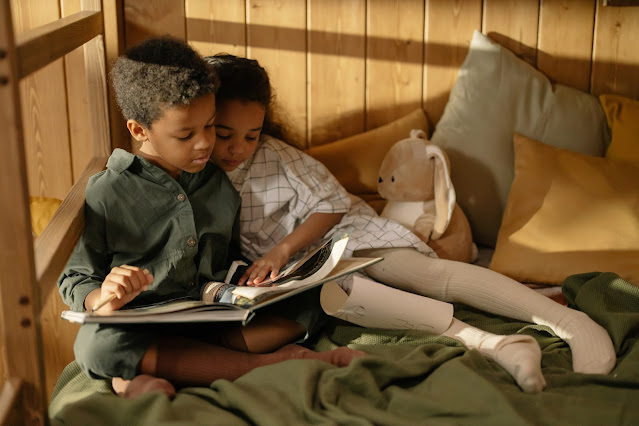I've been thinking a lot about concrete ways in which we can improve at releasing the work to the kids, especially when we're asking them to dig deep and think in sophisticated ways. I ran across this strategy - Pose-Pause-Pounce-Bounce - from the British educator Dylan Wiliam recently, and it seems to fit the bill: simple, doable, and effective at moving the cognitive lift to your students.
Typically, when we pose questions to kids, it follows a predictable pattern of Initiation-Response-Evaluation (IRE). So, I may ask, "What central idea do we see the author developing in this section of the text," (initiation), a student may say, "Jackie Robinson had characteristics that made him well-suited to serve as an agent for change," (response), and then I might say, "Yes! We see that in his calm demeanor, his clear mission, and his ability to communicate well," (evaluation). If you notice, I asked the question, the student responded, and then I evaluated the response and went on to fully answer the question myself. One student (maybe) and I did the thinking and learning here.
Instead of this, Wiliam calls for the Pose-Pause-Pounce-Bounce (PPPB) questioning sequence that's better at eliciting deep thinking. In it, the teacher:
- Poses a question
- Pauses to give suitable think time
- Pounces on one student for an answer
- Bounces that answer to another student who builds on the response
- Use an open-ended question that requires some thinking and discussion from your kids.
- Be sure to give that silent thinking time.
- Use Bounce as a form of check for understanding to informally assess progress. If you're not getting a lot from bouncing the response around the room, you know you need to back up a bit and reteach. If several are really digging in and they know their stuff, you may be good to move on.
- Try preparing the Pounce and Bounce ahead of time, anticipating the responses you think you'll get and how you could push another student to take the idea farther.
- Implement a No Hands Up or Cold Call policy to make sure you're hearing from as many students as possible


No comments
Post a Comment